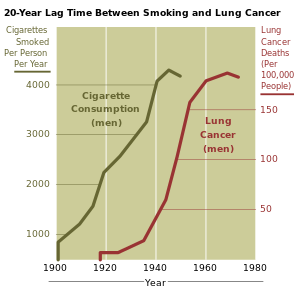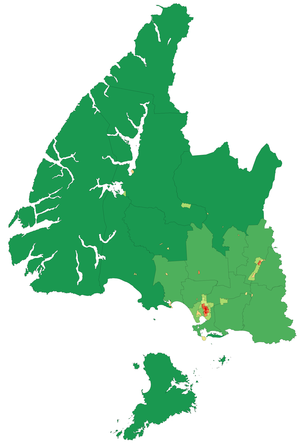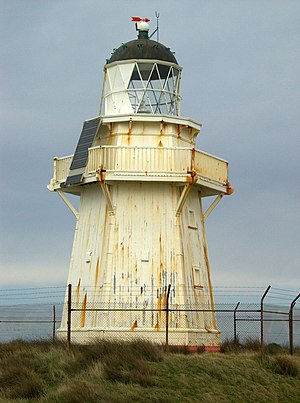One Response to “..PM’s adviser recommends P precursor drug ban..”
MildGreens Says:
August 18th, 2009 at 2:56 pmPeter Gluckman’s brief was as predictable as it was political. While the words all sounded good on 9-noon Radio New Zealand this morning, there has been no question of applied science to understanding how come it is so prevalent?
Or how come, with hundreds of labs having made all this potent stuff and so many who have tried it, so few people are presenting with problems?
Or what is the connection between violence, unintended consequences and burden on those who have nothing to do with the drug? And what proportion is attributable to the pharmacology and/or the set and setting?
What factors limit access to treatment is impacted by stigmatisation, and how might that affect outcomes?
And of interest to economists in particular, what relations does the illicit status of cannabis have in the prevalence of and direct harms attributable to more harmful drugs?
How might the study of Hawaii, its two pacific islands, with not dissimilar histories of indigenous to the land, same drug rules, and zero tolerance enforcement inform us?
Economics Professor James Roumasset might be a good source. (see his paper on Black Hole Politics)
And seeing as how Sir Peter Gluckman is so usefully flexible in his understandings between the science and ‘realities of politics’ consider these wider implications. Stuff like, where is the National Drug Policy benchmark documents like “
cost/benefit analysis”. The Police’s is apparently not to be relied upon, it was another BERL boondoggle ‘academics’ from the science of economics exposed. (both of which we have a LAW COMMISSION inquiring into. )
Now there is some science I could respect.
PS, I have the flu, I am not finding PE particularly effective. There once was a Chinese medicine… it was good for weight loss and as a decongestant. It was so renowned we used science to learn how to make it out of drain cleaner. We used politics to make it expedient to do so. [
Particularily in the context of Swine flu (H1N1) or any variant I may have to suffer.]
How do I convince skeptics that my access to off label COLDREX ain't political.Right now I could do with all the Chinese can get me. But I would have to go to NZ Customs to pick it up!
What the hell is wrong with science that ‘academics’ from one end of the country to the other don't line up behind Sir Peter and apply some scientific reason. We seem to be able to do it with Climate Change. ?
Any doubt the about the science behind such an initiative need only
Google King County, Seattle AND “drug policy” to see what can happen when the Health and Law sectors have the mettle.
The principal objectives of this effort are: reductions in crime and public disorder; improvement of the public health; better protection of children; and wiser use of scarce public resources.Sir Peter could video-conference Washington State Senator Roger Goodman.
Now that would make a mighty informing YouTube!
Kim Hill, where are ya?
Can the Law Commission protect my right to
informed consent: what is the best medicine available for my flu and why is this not a cost attributable to poor drug policy? [The burden is making me feel miserable and my k’nose is still runny. And I can’t do my work less I am prepared to knowingly infect someone. What increased harms are we measuring?]
Perhaps we should have a referendum. The debate would be a whole lot more interesting than hitting your kids, or not.
So many questions, so few answers. Portugal is looking good….
 Image via Wikipedia
Image via Wikipedia



 Strong words for a UCLA School of Medicine professor!
Strong words for a UCLA School of Medicine professor! Of course, a certain 'anti-cancer in society public speaker" standing on Christchurch's High Street this afternoon, brought this, and more, to the notice of an engrossed public gallery. All while the 'city ambassadors' continued to ask said offending soapboxer to cease 'standing on the furniture'. The Police were called. The right to stand on the furniture was upheld. As was the right to be anti-cancer!
Of course, a certain 'anti-cancer in society public speaker" standing on Christchurch's High Street this afternoon, brought this, and more, to the notice of an engrossed public gallery. All while the 'city ambassadors' continued to ask said offending soapboxer to cease 'standing on the furniture'. The Police were called. The right to stand on the furniture was upheld. As was the right to be anti-cancer!



 The New Zealand sea lion is one of the world's rarest sea lion species and fully protected under the Marine Mammal Protection Act 1978. Offences under the Act carry penalties including fines up to $250,000 or a prison sentence of six months.
The New Zealand sea lion is one of the world's rarest sea lion species and fully protected under the Marine Mammal Protection Act 1978. Offences under the Act carry penalties including fines up to $250,000 or a prison sentence of six months.








